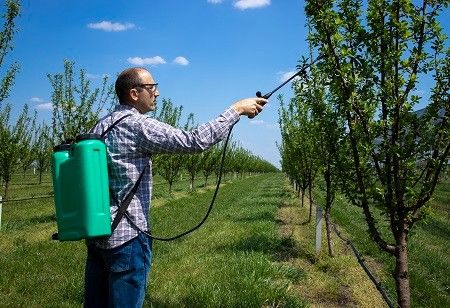
India’s fertiliser industry is turning a close eye on the plight of DAP (Di‑Ammonium Phosphate) manufacturers and importers as global input costs surge.
With the landed cost for DAP exceeding what the subsidy plus prevailing retail price can cover, industry leaders are urging the government to step up support. Domestic firms say they face losses of nearly INR 900 per 50‑kg bag, and unless the Centre intervenes, margins will continue to be squeezed.
Despite the higher subsidy announced for phosphatic fertilisers in the second half of FY26, the gap between landed cost and recovery remains wide. Manufacturer estimates show costs at around INR 74,700 per tonne, while the rate of subsidy plus MRP only accounts for about INR 56,800 per tonne. This leaves under‑recoveries of nearly INR 17,900 per tonne.
Also Read: Centre Raises Non-Urea Fertilizer Subsidy to ₹37,952 Crore
To mitigate supply risks ahead of the key Rabi sowing season, the industry has inked long‑term import contracts. A notable deal involves Saudi Arabia’s Ma’aden and three Indian firms — Indian Potash Limited, KRIBHCO and Chambal Fertilisers — for 3.1 million tonnes annually, over five years starting FY26.
The strong focus on DAP under‑recoveries reflects how the fertilizer industry is trying to shield farmers from price shocks while also preserving viability for producers. Much of India’s DAP requirement is met via imports — either of finished DAP or raw materials like rock phosphate and phosphoric acid — making domestic supply vulnerable to global cost escalation.
With both subsidy policies and supply agreements shaping the playing field, industry players are hopeful that a special government package addressing DAP under‑recoveries will bring much‑needed stability. At the same time, long‑term deals appear to be the strategic lever for keeping supply consistent and inflation in check.
We use cookies to ensure you get the best experience on our website. Read more...